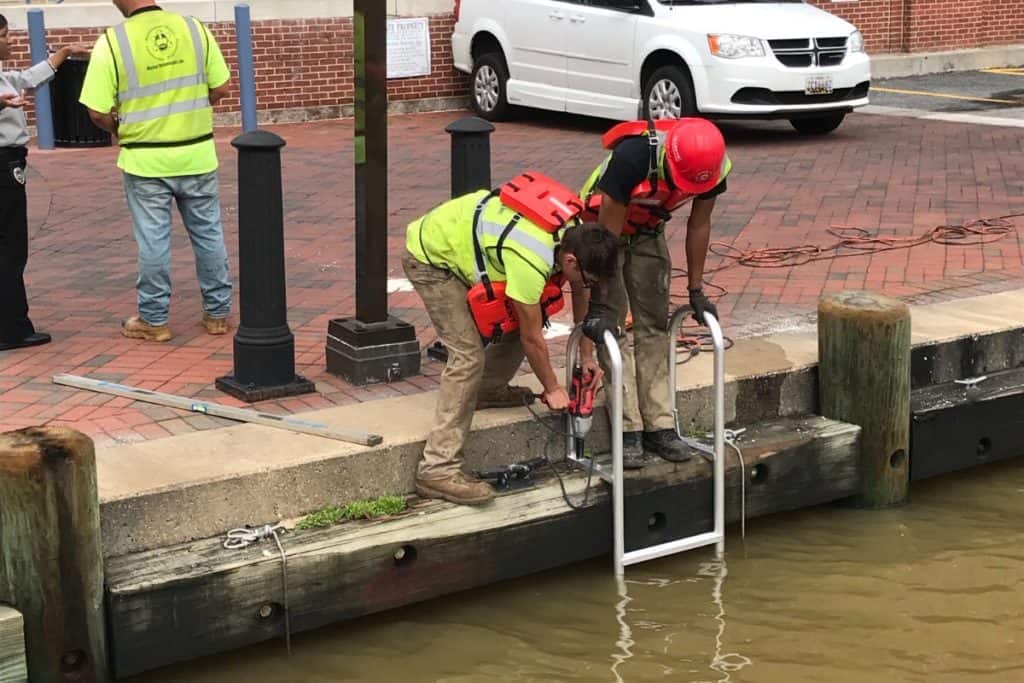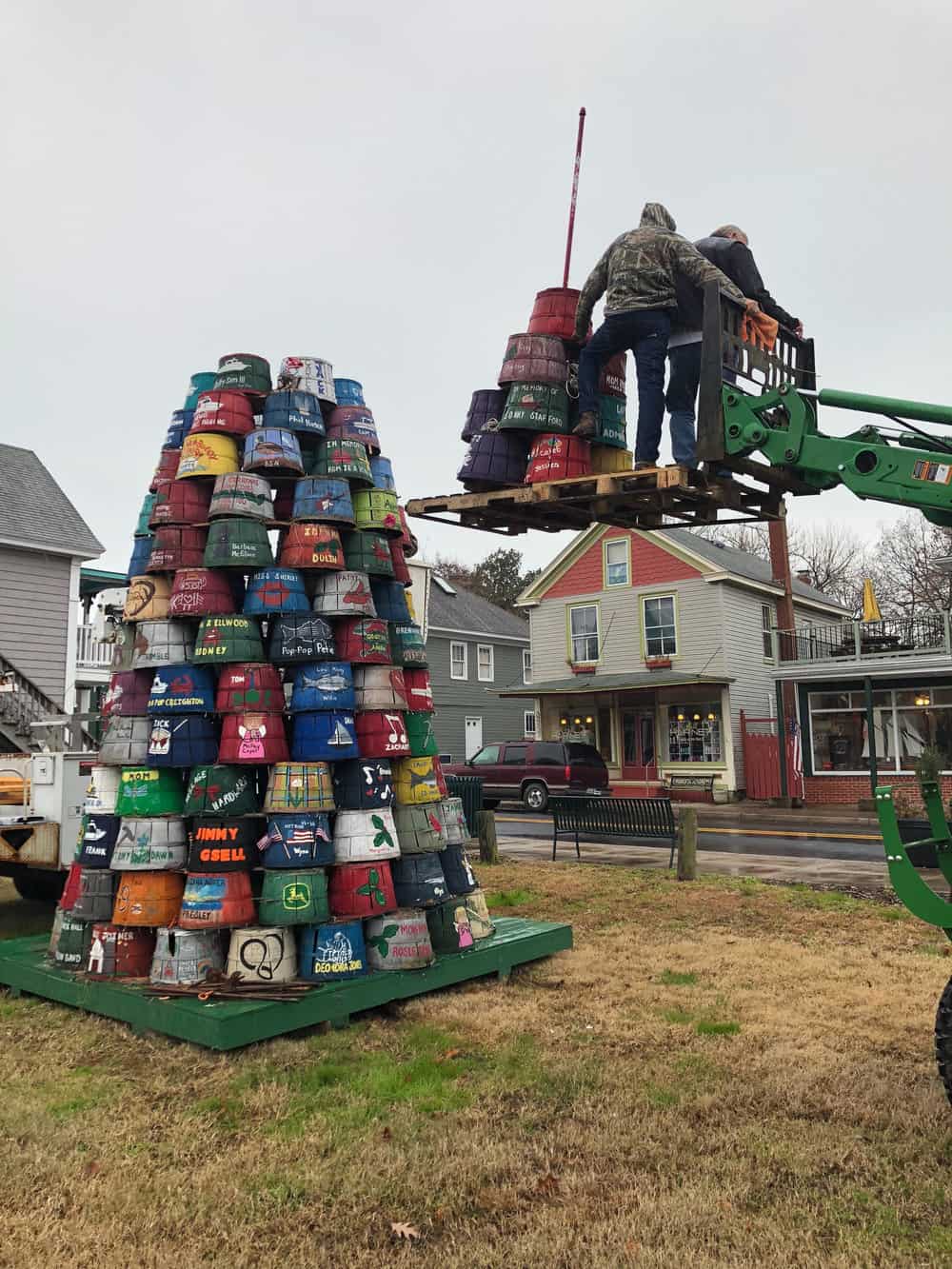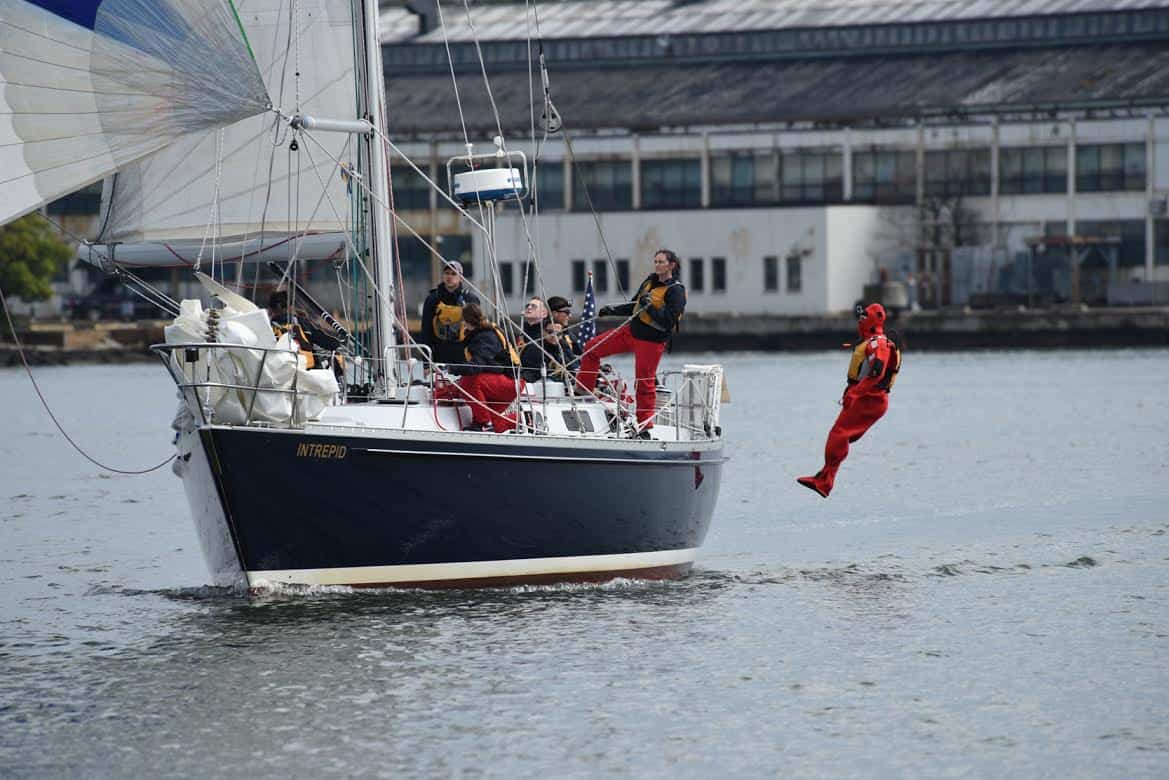Baltimore City will take steps this spring to make the Inner Harbor promenade safer for people walking along the water’s edge.
On Saturday morning, a 25-year-old woman’s body was recovered by divers near the Maryland Science Center. Baltimore Police identified her as Alexandra Carroll, a resident of Baltimore’s Federal Hill neighborhood— located just blocks from the Inner Harbor. Police say there were no signs of foul play.
The first phase of safety ladders and life rings were installed last summer. Photo: Ryan P. Schroeder Scholarship Fund, gofundme.comOne year ago, a 26-year-old man drowned in the chilly February water in front of Barnes & Noble. The family of the victim, Ryan Schroeder, has called for additional safety measures on the popular brick promenade. They even put $10,000 from Schroeder’s memorial scholarship fund towards a city effort to add more safety ladders and life rings.
The first round of ladders and rings were installed last summer, and the Baltimore Department of Transportation (BCDOT) tells Bay Bulletin that “phase two” will get underway in late April, weather permitting.
According to BCDOT, six rings and six ladders will be installed along the Canton waterfront, one of each in Fells Point, one life ring at the Tide Point water taxi pier, and one ring and one ladder will be added near Barnes and Noble, near where Ryan Schroeder lost his life.
Schroeder’s family had also called for guardrails at the water’s edge, but they are not in BCDOT’s plan for this installation phase.
BCDOT spokesman German Vigil tells Bay Bulletin that the department has been actively working with the Waterfront Partnership to target high-priority spots “where safety measures would be most effective.” The installation is expected to cost about $50,000.
The Inner Harbor, known as the crown jewel of Baltimore, attracts hundreds of thousands of visitors per year. It includes tourist destinations like the Science Center, USS Constellation, the National Aquarium in Baltimore, and a host of restaurants, shops, and other attractions. When it was designed in the 1970s, there were no plans for guardrails at the water’s edge.
-Meg Walburn Viviano




